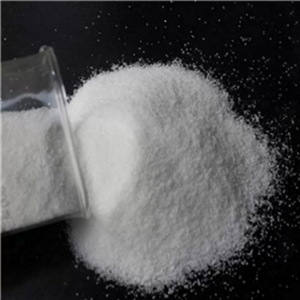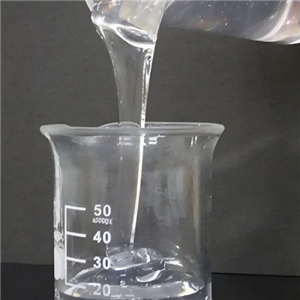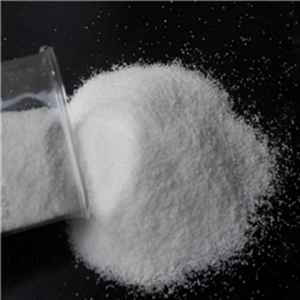What are the differences in the application effects of PHPA with different molecular weights in EOR?
Compare to PHPA in the fracturing fluid, the application effects of PHPA (Partially Hydrolyzed Polyacrylamide) with different molecular weights in Enhanced Oil Recovery (EOR) have the following differences:
1. High-molecular-weight PHPA in EOR
1) Significant thickening effect: High-molecular-weight PHPA in the oilfield can form a larger molecular chain network structure in the PHPA liquid, thereby significantly increasing the viscosity of the displacement fluid. This helps to improve the mobility ratio, reduce fingering during the displacement process and increase the sweep efficiency.For example, in high-permeability layers, the high-viscosity displacement fluid can more effectively seal large pores, forcing subsequent fluids to turn to low-permeability areas, thereby expanding the swept volume.
2) Strong profile control ability: Due to the larger molecular size of PHPA liquid, high-molecular-weight PHPA in EOR is more likely to be retained in high-permeability layers, forming effective blockages and adjusting the heterogeneity of the formation. This can significantly reduce the permeability of high-permeability layers, making the injected fluid flow more to the untouched areas and increasing the crude oil recovery rate.
However, there are also some limitations about the role of PHPA liquid:
1) Difficult injection: The high-viscosity PHPA in EOR may lead to an increase in injection pressure, requiring higher-power injection equipment. In some low-permeability reservoirs, it may be difficult to inject a sufficient amount of high-molecular-weight PHPA in EOR.
2) Large adsorption loss: High-molecular-weight PHPA in EOR is prone to adsorption on the rock surface, causing certain adsorption losses and reducing the effective concentration of PHPA in EOR in the reservoir.
2. Low-molecular-weight PHPA in EOR
1) Good injectivity:
The low-molecular-weight PHPA solution has a relatively low viscosity and is easier to be injected into the formation, especially suitable for low-permeability reservoirs.
A larger injection volume can be achieved at a lower injection pressure, improving the feasibility and efficiency of the construction.
2) Small adsorption loss:
Due to the smaller molecular size, the adsorption amount of low-molecular-weight PHPA liquid on the rock surface is relatively small, and a higher effective concentration can be maintained in the reservoir. This helps to reduce the reagent cost and improve economic benefits.
However, compared with high-molecular-weight PHPA in EOR, its effect also has certain limitations:
1) Weak thickening and profile control ability: The solution formed by low-molecular-weight PHPA on EOR has a lower viscosity and the improvement degree of the mobility ratio is limited. The profile control effect is not as significant as that of high-molecular-weight PHPA on EOR. It may be necessary to be combined with other chemicals or technologies to improve the EOR liquid effect.
To sum up, when choosing the molecular weight of PHPA in EOR, factors such as reservoir characteristics, injection technology, and cost need to be comprehensively considered to achieve the best oil recovery effect.




